For this week among the various things Dr Claire Bartram and I have been doing is putting together the final preparations for the CKHH 10 Year Celebratory event next week. Claire has done the lion’s share of the work on this, so thanks Claire and fingers crossed it stops raining on Wednesday afternoon.
In next week’s blog I’ll also be reporting on the University of Kent’s MEMS Fest session on Saturday involving three of the CCCU Kent History Postgraduates: Kieron, Jason and Kaye as part of the two-day conference. The Kent History Postgraduates group similarly features this week because later in the blog I’ll be reporting on Lizzie Burton’s presentation to the group which is exciting. However, before I get to that, I thought I would just mention a couple of events that Claire and I attended at the Beaney last Friday.
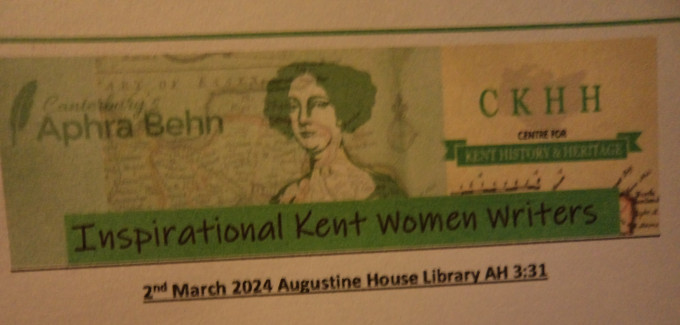
In the evening, Claire was at the reception for the new exhibition on Aphra Behn which is part of the AHRC-funded project to bring the story of this remarkable 17th-century women to light. As some regular readers may remember, Claire with Drs Astrid Stilma and Catriona Cooper held a one-day conference linking Behn’s achievements to those of other inspirational Kentish women which featured among the speakers Professor Jackie Eales on Elizabeth Elstob:
https://blogs.canterbury.ac.uk/kenthistory/aphra-behn-and-other-inspirational-kent-women-writers/ in case you missed this. Then the following Saturday, Catriona, as the CCCU Digital Humanities specialist, led a workshop at the Beaney for participants to research and write short biographies of even more inspirational Kentish women from the past: https://blogs.canterbury.ac.uk/kenthistory/turning-the-spotlight-on-the-past-investigating-canterbury-and-kent/ which was very successful.
Returning to the current exhibition at the Beaney, this incorporates Behn-related artefacts as it explores the life, writings and times of this remarkable woman. For those interested in visiting the exhibition, this should give you a good start: https://canterburymuseums.co.uk/events/canterburys-aphra-behn-1640-1689-literatures-best-kept-secret/ and we hope you enjoy it.
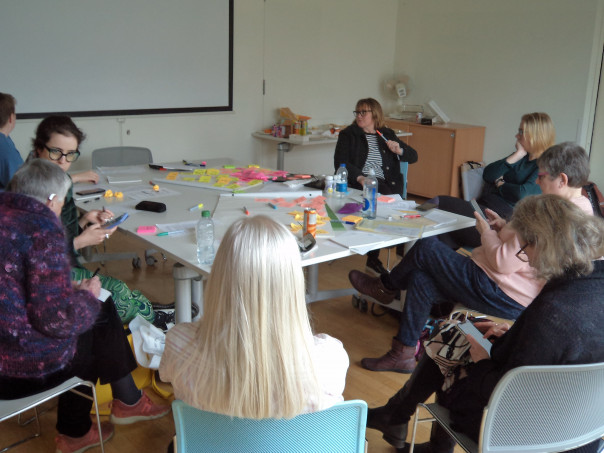
Earlier in the day I had dropped in at the Beaney to see those involved in Canterbury’s Levelling-Up Funded project to create nine Story Gardens around the city. The consultants are now at the stage of collecting potential stories about these places to go on the various story boards at such locations as the St Radigund’s Garden, Dane John Gardens & City Walls and the Garden of St Mary de Castro. Having spent some time talking to members of the team there, as well as meeting two academics from the University of Kent, Professor Catherine Richardson and Dr Rory Loughnane, who from their areas of expertise probably provided material on Christopher Marlowe in terms of the St George’s Square site, I decided the best thing was to email the consultants with some ideas. Having done that on Monday of this week, I thought I would just share a couple of ideas with you from amongst those I proposed just to offer an idea of the range of stories out there. Starting with the Greyfriars Garden, obviously the Franciscan friars themselves, but the area also lends itself to the story of the refuge of the nuns from Lyminge due to threat of Viking raids in the late 8th and early 9th centuries, and the presence in the area of a church dedicated to St Mary. Details concerning this can be gleaned from a charter of 804 that records a grant of 6 acres land to Abbess Selethryth of Lyminge and her familia from Coenulf, king of Mercia and his brother Cuthred king of Kent. The charter’s land boundaries suggest Binnewith Island to the east, the city wall to west and south and the church of St Mary’s to the north.
An alternative to this from recent times would be St Mildred’s Tannery, and specifically that John Williamson bought the tannery site on Stour Street in 1879 for £5,250. He was the third tanner to operate there at what might be seen as at an industrial scale, for he was able to benefit from acquiring a skilled local workforce, plus the river setting. The firm’s success meant that Stephen Williamson was able to expand the family business across the river buying several plots of land between 1884 and 1892. This meant by 1900 the family owned about 30 acres or 12.5% of the total acreage within the city walls. Nonetheless, over the years the family did at times experience problems, as in 1894 when a serious fire destroyed several buildings, large numbers of hides and the engines, as well as several neighbouring properties. One consequence of this disaster was that about 100 tons of smouldering bark had to be dumped on the adjoining meadow!
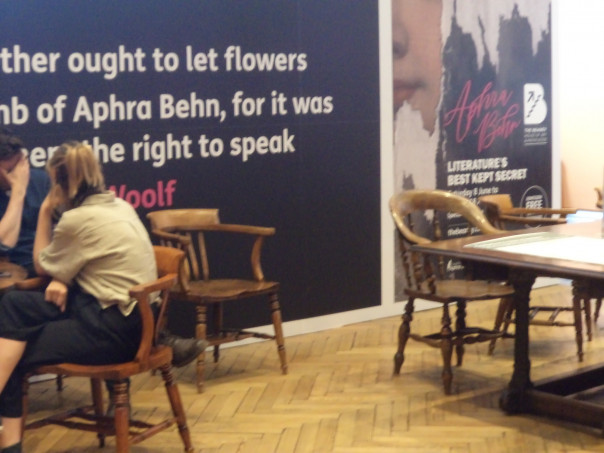
More briefly, for the Dane John and City Walls there are the stories of firstly the execution of John Stone, an Austin friar – think (erroneously) ‘White’ friar – for denouncing Henry VIII’s attack on the Church. This took place in 1539 after he had been in jail for a year because he was convicted of treason and hanged, drawn and quartered in the Dungeon, now called the Dane John, his head presumably parboiled and tarred before being displayed as a warning to others.
Less gruesome and for the same Garden, there is the story of the plague tents, because in 1648 the city’s Burghmote minutes record that tents had been set up in the Dungeon to house plague sufferers. The reason this was mentioned in the minutes is financial, the butcher who was renting the land from the corporation sought compensation from the civic chamberlains because the tents were damaging the grazing on which he was keeping his livestock. He won his case!
Now to Lizzie Burton’s presentation today (Wednesday) which was on her doctoral project exploring the history of emotions for the period 1600 to 1750 concerning poor people’s responses to the situations they found themselves encountering. To a degree work on emotional responses is not that new because anthropologists have explored this area for many decades, but for historians it is still relatively under researched. As Lizzie said, Professor Thomas Dixon at Queen Mary’s, University of London, has been a pivotal member of the Queen Mary Centre for the History of Emotions and has been a leading figure in this field since he joined Queen Mary’s over 15 years ago.
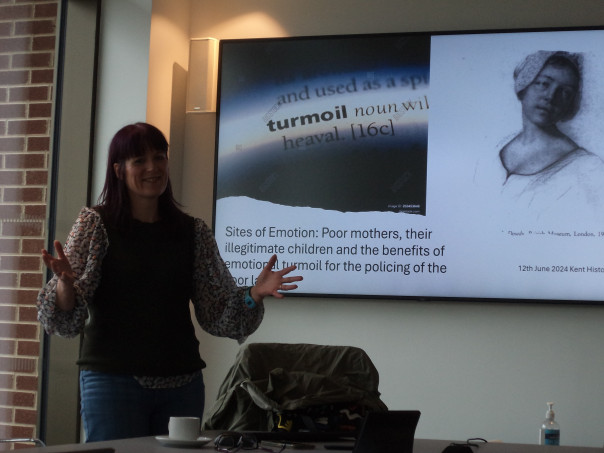
Having noted some of the methodological issues and problems associated with this study, she turned to Kent for the purposes of her presentation and specifically the events leading up to the birth of illegitimate children where the mothers were poor. This has meant she has been examining archival sources from the secular courts, as well as those produced by the parish, including by the overseers of the poor to see how people were described, their reported speech and other indicators of emotional responses as noted by others that were incorporated by the court clerks into these texts. Another type of source that has yielded rich qualitative evidence is the Ordinary of Newgate Accounts that were produced by chaplains who worked with those convicted and sentenced to death for infanticide to try to help them spiritually. For such men in these records offer personal judgements about the condemned men and women which provides insights into the emotional state of these people as well as ideas about how they were seen by others.
Another area that Lizzie has been investigating is the level of sexual violence experienced by young female servants during this period and how for some who became pregnant there was a high chance that financially they would not have been in a position to care for the resulting child and therefore were likely to find themselves in a house of correction or faced with a considerable period of chronic poverty. Looking at the geographical spread of such cases in Kent, Lizzie has found that many areas had such cases, but there was a higher proportion in Rochester and the Medway towns, as well as Ashford.
She is especially interested in terms of the chapter she is writing at the moment on the time of birth and how this in some ways gave a licence emotionally for the women concerned to express themselves. Additionally, she is exploring how parish communities responded to poor heavily pregnant single women and how they might find themselves physically pushed over the parish boundary so that their illegitimate child would become the responsibility of what had become its natal parish. This apparent lack of empathy for the plight of these mothers and their new-born infant is interesting, as well as offering ideas about how a society without a state safety net was meant to cope because these communities had to put communal survival before the survival of the individual.
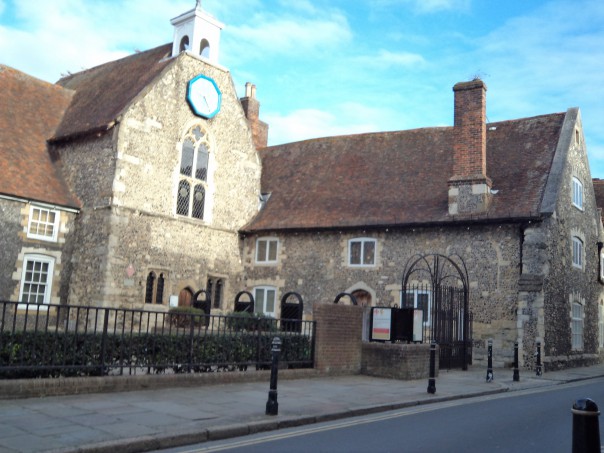
Another idea that Lizzie has been exploring is change over time in how the poor were seen to respond – what might be called the unruliness of the poor such as seen they were seen as insolent rather than expressing gratitude. Or as an alternative that they were not contrite about infanticide and were not willing to repent. This might include abandoning their child, and as Lizzie said this did not solely refer to babies but to children aged four to five years of age. Lizzie finished by highlighting where she sees this research going next, including topics such as chronic exposure to poverty and generational trauma. All of this provoke a lively discussion by people in the room and online, and fortunately there was nobody waiting to come in, so the discussion went over time by a good fifteen minutes – a mark of an excellent presentation and a fascinating topic, so thanks very much Lizzie and similarly everyone who was there
 Centre for Kent History and Heritage
Centre for Kent History and Heritage Sheila Sweetinburgh
Sheila Sweetinburgh 2096
2096

